Climate Change Is Turning Threatened Sea Turtles Female - "Cooler Turtles" Are A Solution
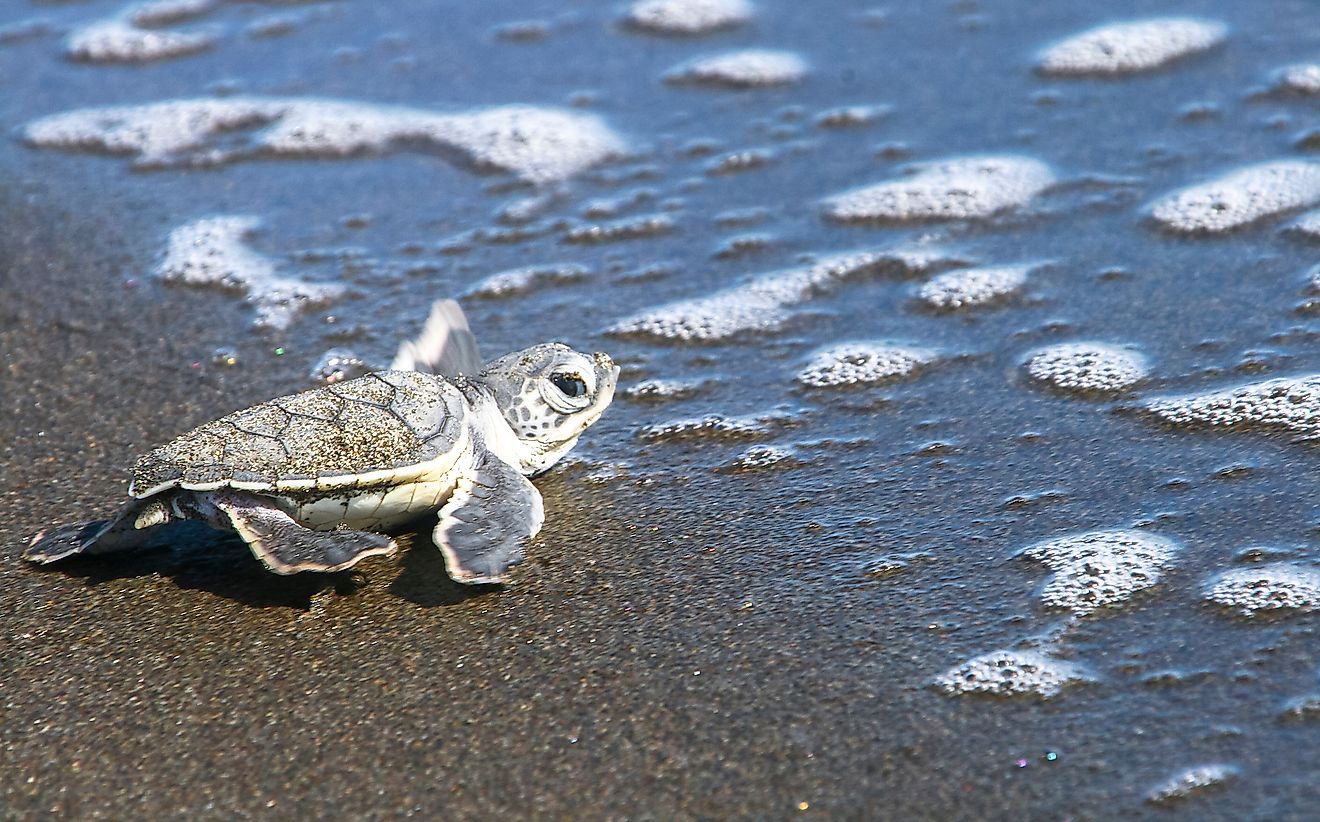
The world is warming due to human activities and all species are facing its adverse effects. In the remote beaches of Australia, green turtle populations are becoming 'feminized'. More female hatchlings are now born than males skewing the sex ratio of the population and disrupting the balance. In the absence of an adequate number of males, green turtle reproduction is at threat and so is the future survival of the species.
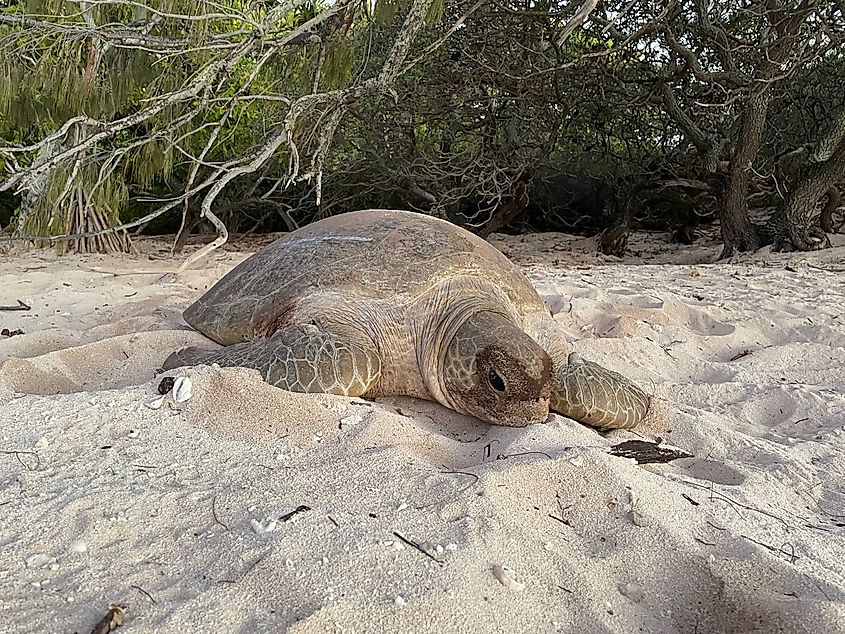
In most species including humans, sex is determined during fertilization. However, it is not so in turtles, crocodiles, and alligators. In these animal groups, the temperature of the developing eggs is the deciding factor influencing the sex of the hatchling - a phenomenon called TSD or temperature-dependent sex determination. Warmer temperatures produce more females than males. As sea turtles like the threatened green turtles usually lay their eggs in nests dug out on sandy beaches, warmer sand temperatures due to climate change are heating their eggs beyond the optimal temperature needed to produce males. To save them, researchers like Caitlin Smith are experimenting with different methods to cool turtle nests. World Atlas spoke with Caitlin, Marine Species Conservation Project Officer at WWF-Australia, to learn more about the effects of climate change on the survival of marine turtles and the research done by WWF-Australia to stop the feminization of their populations. Below is the conversation between World Atlas and Caitlin Smith:
What is the current conservation status of the green turtles in Australia?
In Australia, green turtles are listed as ‘vulnerable’ at both a state and federal level under the Environmental Protection of Biodiversity and Conservation Act 1999 and Nature Conservation Act 1992.
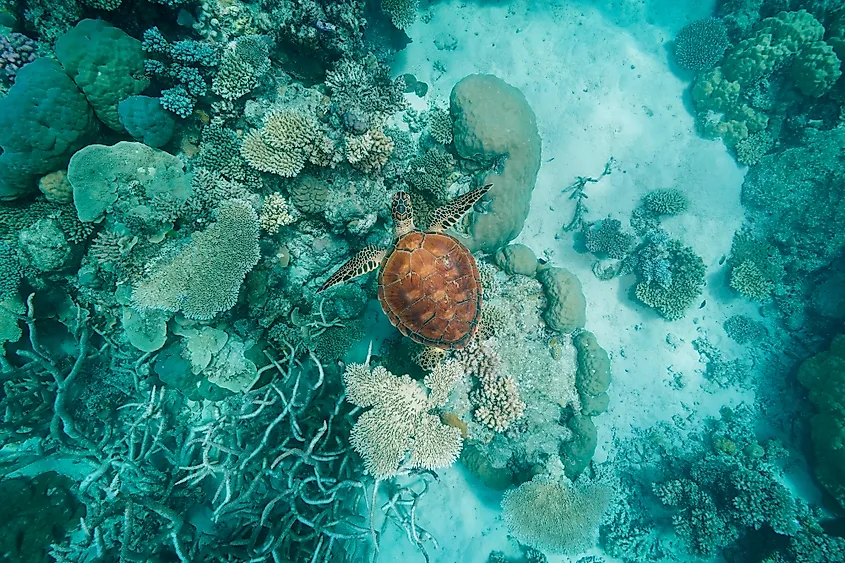
What prompted WWF to research practical ways to cool turtle nests?
In 2018 (Jensen et al. 2018), a study found that over 99% of hatchlings of green turrles in the northern Great Barrier Reef were female. And that Raine Island, the world’s largest turtle rookery, had been primarily producing females for the last 2 to 3 decades. Green turtles typically sexually mature between 25-35 years old, which means we are only just starting to see the effects of feminization in the adult population. WWF was a collaborating partner and co-author on this paper.
There was a lot of post-media interest generated from this paper and we were approached by our corporate partner, furniture company Koala.com, who shared our vision of wanting to come up with proactive methods to stop this feminization trend.
How widespread is the turtle feminization problem? Is it applicable to other marine turtle species as well?
All marine turtle species are being affected by climate change at various stages of their life histories. They all exhibit temperature-dependent sex determination.In addition to Raine Island, other turtle nesting populations reported to have been affected by feminization include Cape Verde (loggerhead turtles), Taiwan (green), Costa Rica (loggerheads), Turkey (loggerheads and greens), Brazil (loggerhead and green), and many more. This geographical range shows how widespread this issue is. Intervention at this stage, where populations are feminizing, is the best chance we have at securing this species from the impacts of climate change at nesting beaches.
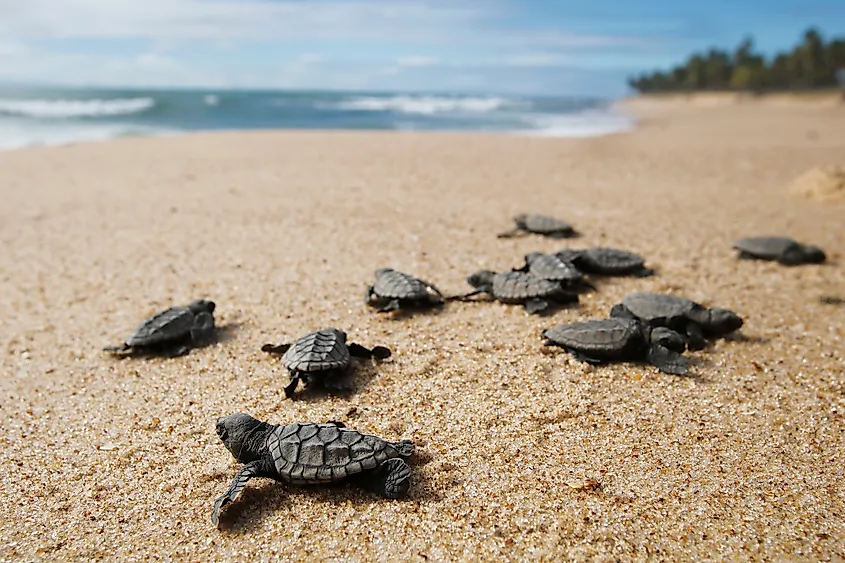
What are the possible ways to achieve turtle nest cooling?
The concept of cooling nests has been investigated over the last twenty or so years. Hatchery shading has been implemented across rookeries for decades. Planting native trees and using freshwater, where it is readily available to irrigate incubating clutches has also been trialed and used in some locations. Seawater, on the other hand, is ubiquitous but hasn’t been trialed at scale because of the concern it may dehydrate the eggs.
What is the current status of research conducted by WWF-Australia in this direction?
The majority of the areas that are in critical need of mitigation from feminization are in remote areas close to the equator. Thus, they rarely have access to free-flowing freshwater, or infrastructure for freshwater irrigation or hatcheries. In these isolated locations building shade structures is not always practical.
Thus, following the 2018 study, we started brainstorming with experts in the field on innovative methods to cool nest temperatures that were not only practical but could be implemented anywhere in the world.
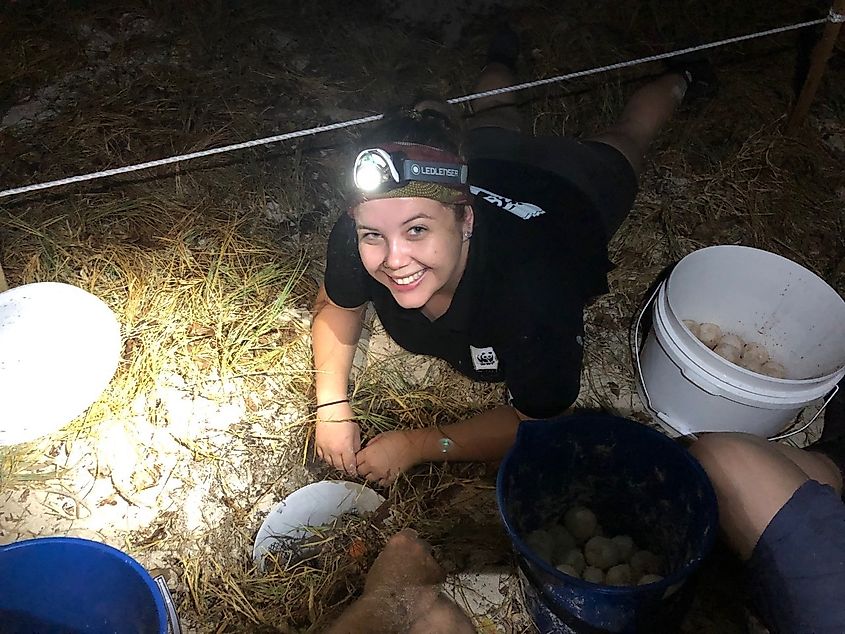
As part of a Turtle Cooling study, we investigated various types of sand cooling methods such as shading, freshwater, and seawater irrigation. We found that natural rainfall is best at cooling nest temperatures. However, climate change is expected to change the intensity, severity, and variation of extreme weather events. It may be that in the future, we do not receive enough rainfall in some years to produce any males. Predicting the impact of rainfall changes still needs to be investigated and is part of this Turtle Cooling project. So, WWF and its partners at the University of Queensland and the Conflict Islands' Conservation Initiative further explored seawater irrigation.
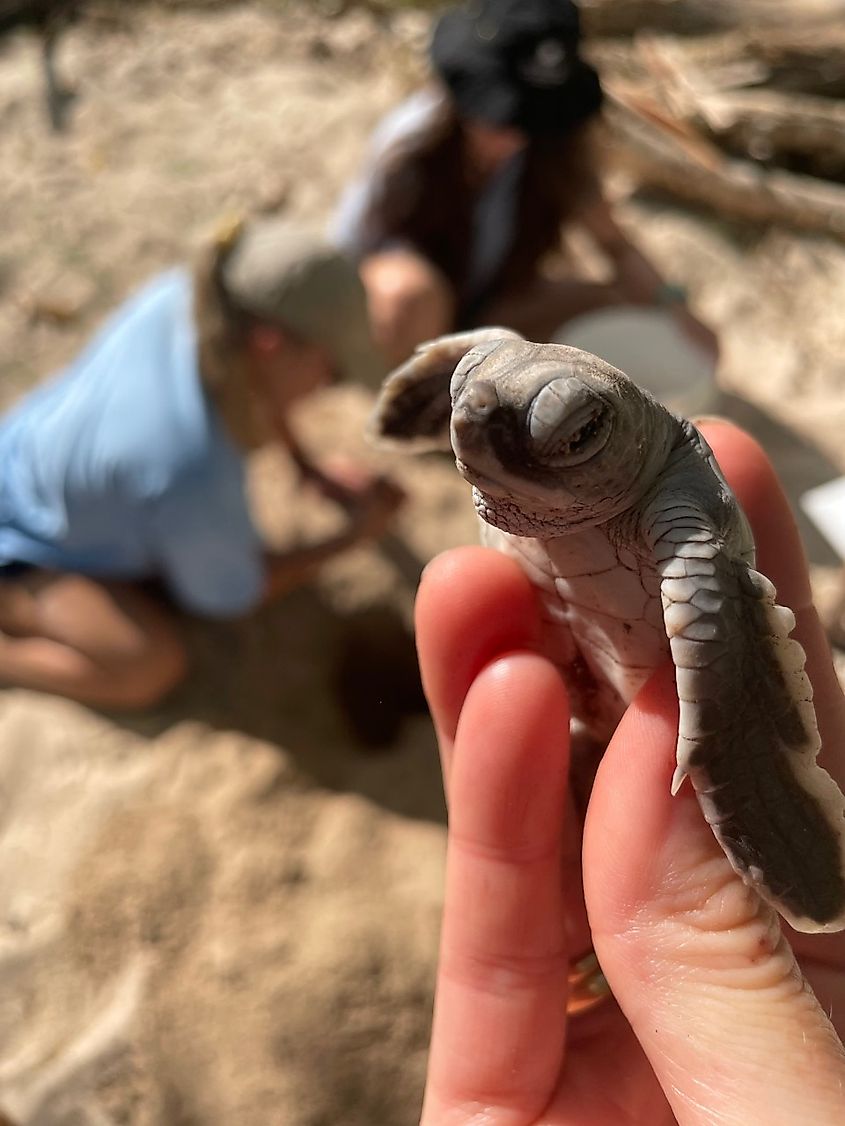
We wanted to think outside of the box, as innovation is at our core at WWF. Turtle ecologists have used shaded hatcheries for the last 2 to 3 decades for cooling turtle nests. Freshwater irrigation has proven to be an effective coolant as well. But we wanted to explore slightly different and novel ways to fix the issue. The practicality of the methods was at the forefront of our minds. We had to ask ourselves: Where would intervention be needed? What methods are the most effective and have a low cost?
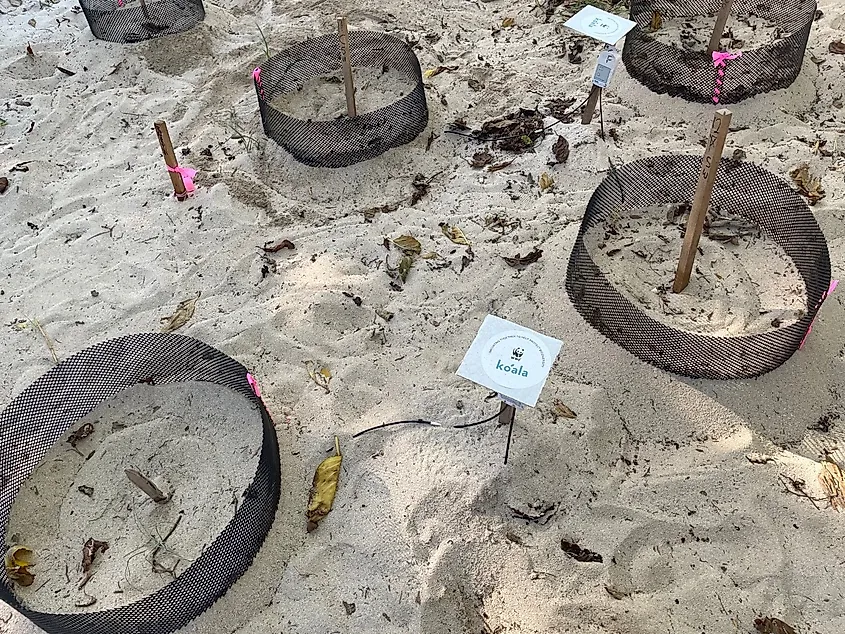
The Turtle Cooling Project has many facets (and, as such, many partners), as we want to address the feminization issue as a whole. Our key questions are:
- Which is the best method to cool the nests and produce males? (How will we do it?)
- At what point during hatchling development do we need to focus cooling efforts? (When do we do it?)
- Which nesting beaches require intervention? (Where do we need to focus?)
- How many males do we need in a population to enable breeding success? (What are we aiming for?)
Are adult turtles vulnerable to climate change as well? If yes, in what ways?
Marine turtles are susceptible to climate change at every stage of their lifecycle. It is not only impacting their eggs and sex ratios at nesting beaches. As hatchlings, yes, their sex is dependent on the incubation temperature, but once they reach the sea, climate change has the potential to change ocean current patterns, taking the hatchling to different locations than previous decades. Increased temperatures can also make hatchlings less energetic. Heat-stressed hatchlings are slower to crawl, swim, and flip over if they end up on their backs, which may make them more susceptible to predation.
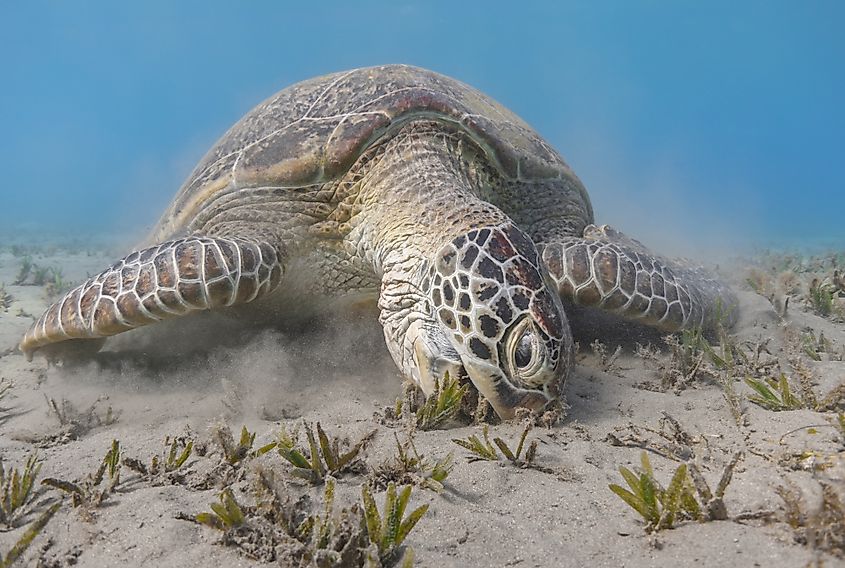
Marine heatwaves kill seagrass beds, the main food source for green turtles. Foraging populations then have to find alternative food solutions and face the possibility of starvation. More intense flooding events are also linked to climate change. The resulting flood plumes are more extensive, blocking the sun, and causing widespread seagrass loss. Breeding biology may change as well, as temperature cues are used for migrations. If these temperature cues change, the timings of nesting and breeding seasons might change as well.
As marine turtles are reptiles, they rely on the surrounding water to maintain their body temperature. Therefore, rising and heavily variating sea surface temperatures can induce heat stress and cold stress. The NOAA states “recent research in the northeastern U.S. suggests that warming sea temperature may be influencing sea turtle movements in a way that increases the chances of cold-stunning.”
Climate change is also inducing sea level rise and erosion of nesting beaches. In about 2 to 3 decades, some locations might not have any viable nesting habitat for females to lay their eggs.
In addition to a warming climate, what are the other threats to marine turtles?
In addition to the multi-faceted threat of climate change, marine turtles encounter an onslaught of human-induced threats throughout their life history stages. These include but are not limited to; marine debris (including plastic) ingestion, ghost net entanglement, fisheries bycatch, light pollution, chemical pollution, unsustainable take, and boat strike.
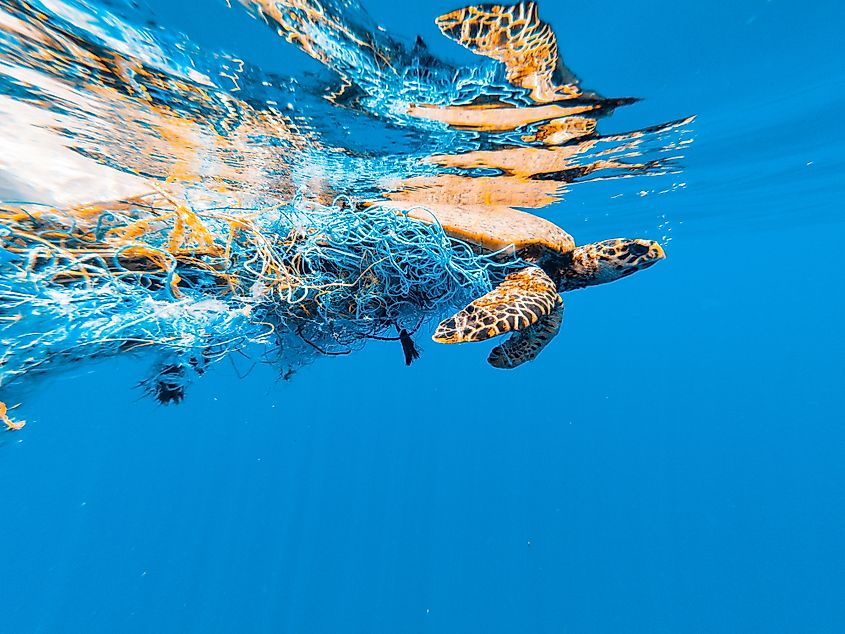
What is a permanent or long-term solution to the turtle nest warming issue?
We need to be proactive in rapidly reducing our carbon emissions this decade. Every country, and particularly Australia (the country with the responsibility for protecting the Great Barrier Reef) needs to do its fair share to lower carbon emissions to a sustainable level.
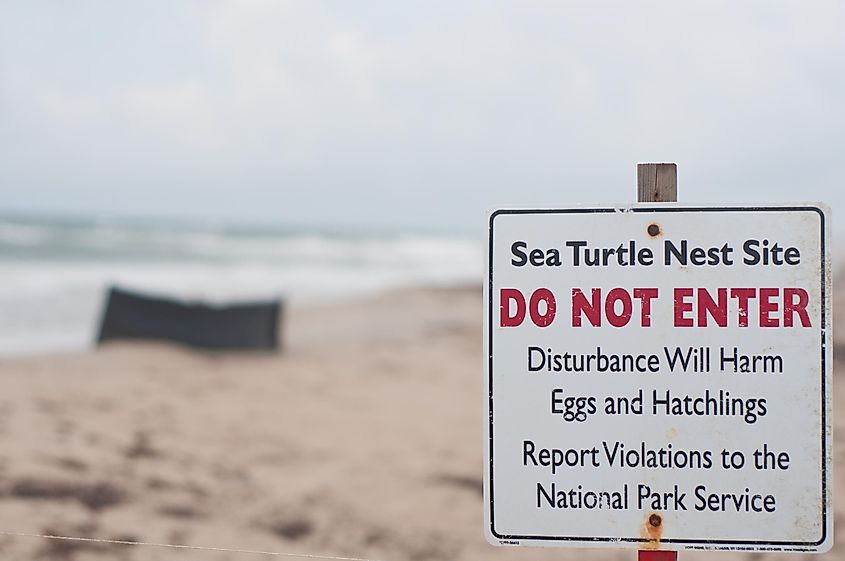
The Intergovernmental Panel on Climate Change has multiple possible scenarios for temperatures in the next century. We want to reduce our carbon emissions globally so that we have the best possible chance of holding global temperatures to a ~1.5 degree increase in average surface temperature.
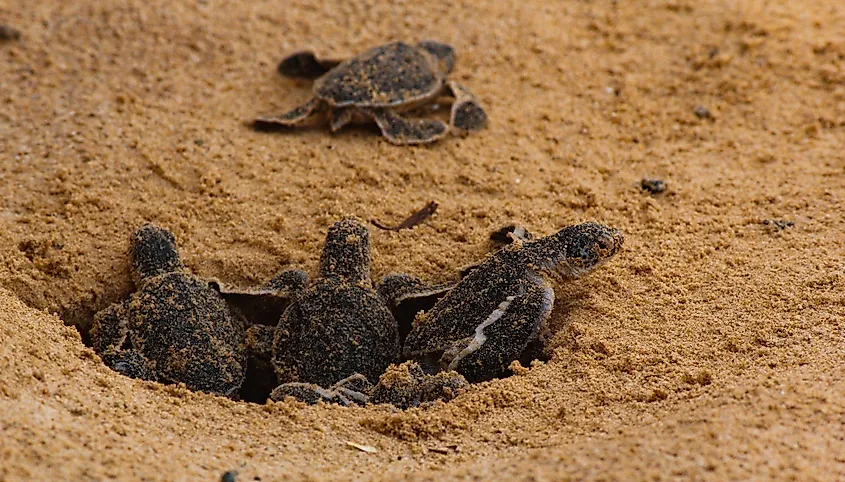
At an ecological level, intervention is required. That is why in addition to cooling strategies, we need to identify the most at-risk rookeries globally and implement cooling strategies where they are most needed. We will be designing a toolkit to assist rookery managers to implement cooling strategies at scale.











